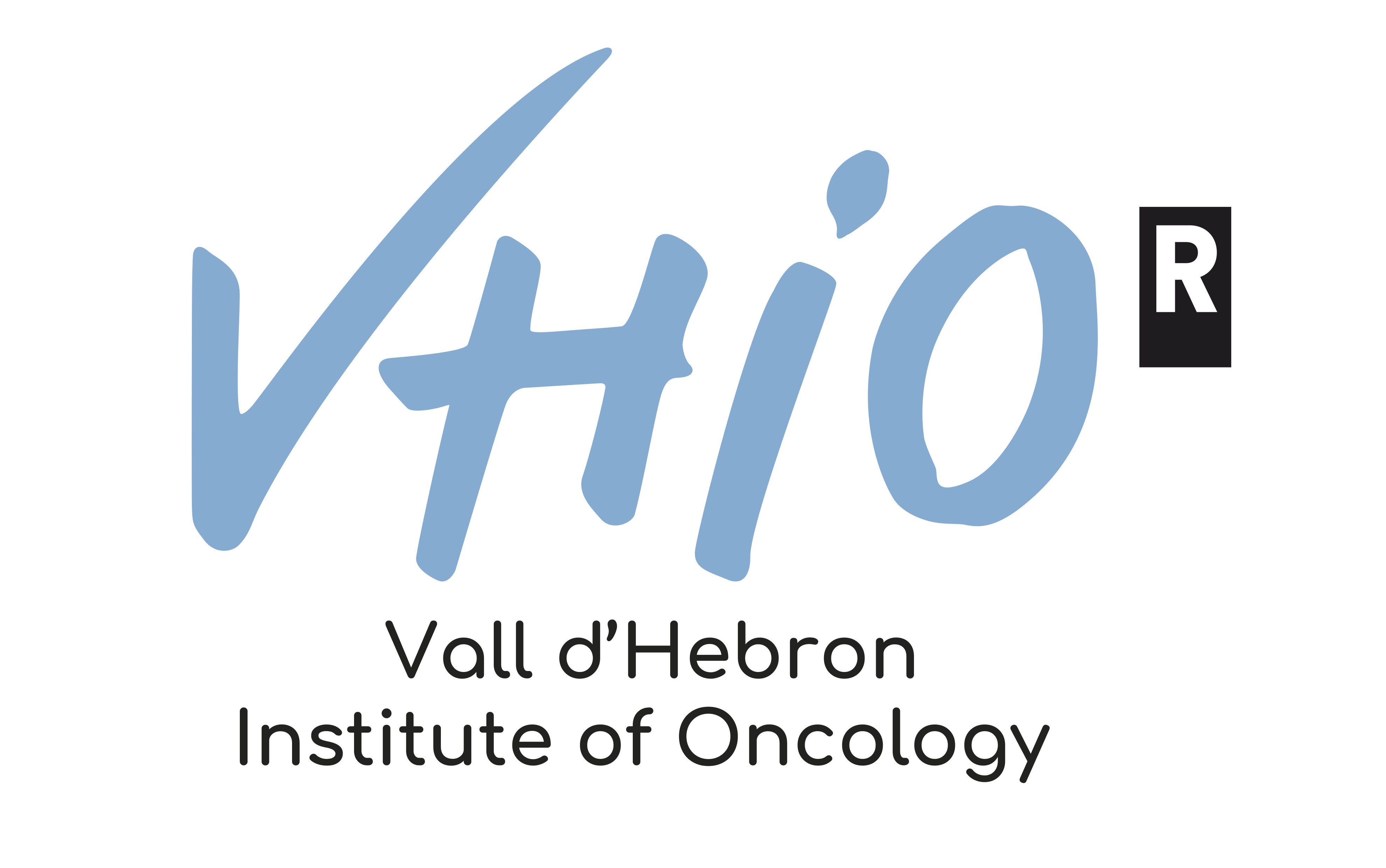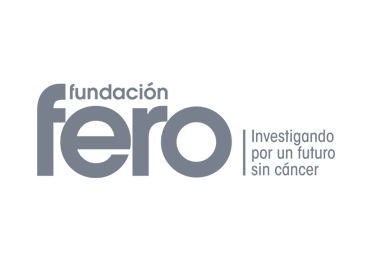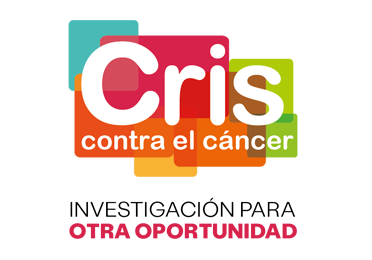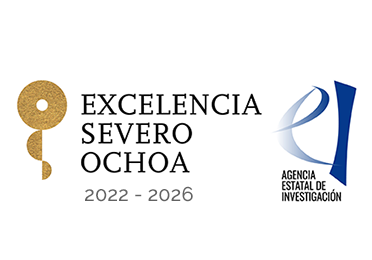In a recent Perspectives/Opinion article* published online in Nature Reviews Cancer, members of the EurOPDX Consortium, including VHIO´s Joaquín Arribas, Director of Preclinical Research, Héctor G. Palmer, PI of our Stem Cells & Cancer Group, Alejandro Piris, Scientific Research Manager, Joan Seoane, Director of Translational Research, Violeta Serra, PI of Experimental Therapeutics, and Laura Soucek, PI of our Mouse Models of Cancer Therapies Group, discuss the opportunities and the challenges of patient-derived xenografts (PDX), set firmly within the context of precision medicine against cancer.
More specifically, the EurOPDX co-authors elegantly review where we are today with these models in faithfully recapitulating the molecular specificities of patient samples and preserving the intra-tumour and inter-tumor heterogeneity common of human cancer. As they roadmap the translational journey of PDXs to-date and signpost future directions in ensuring the reproducibility of these studies, they also balance the preclinical realities with current expectations from the clinical perspective, review the current challenges and potential of PDX of treatment-resistant disease, and also discuss the value and limitations of patient-derived orthotopic xenografts (PDOXs) in modelling metastatic disease towards mirroring clinical response to anti-cancer therapies.
Additional areas under the lens include the current state of PDXs in clinical decision-making and the where to next, PDX co-clinical avatar trials and their current and future use in identifying predictive biomarkers and response to therapy, and CTC-derived PDX models and their potential in better gauging disease prognosis and tumor heterogeneity as well as tracking disease evolution and dissemination. The authors also explore the utility of next-generation of PDX models in specifically establishing the role of the immune system in tumor progression and to test-bed the ever increasing portfolio of promising novel anti-cancer immunotherapies.
Just one of the major´take homes´indicated in the article concerns the absolute necessity of sharing and exchanging data from the various experimental models available.
“To build on the undeniable progress marked thus far in advancing a variety of modeling systems across various tumor types, we can only hope to further empower current predictive cancer models by pooling knowledge, sharing perspectives, and moving together more swiftly and more cost-effectively to render cancer medicines more precise,” comments Joaquín Arribas, co-author of the article.
“Important collaborations such as the EurOPDX Consortium will most certainly help us to collectively progress prediction science against cancer. By promoting the exchange of findings on promising therapeutics as well as leading multi-center studies, we will also crucially reduce the duplication of efforts in drug development and preclinical cancer research,” adds Laura Soucek, who also co-authored this recently published Perspectives/Opinion piece.
###
* Byrne AT, Alférez DG, Amant F, Annibali D, Arribas J, Biankin AV, Bruna A, Budinská E, Caldas C, Chang DK, Clarke RB, Clevers H, Coukos G, Dangles-Marie V, Eckhardt SG, Gonzalez-Suarez E, Hermans E, Hidalgo M, Jarzabek MA, de Jong S, Jonkers J, Kemper K, Lanfrancone L, Mælandsmo GM, Marangoni E, Marine JC, Medico E, Norum JH, Palmer HG, Peeper DS, Pelicci PG, Piris-Gimenez A, Roman-Roman S, Rueda OM, Seoane J, Serra V, Soucek L, Vanhecke D, Villanueva A, Vinolo E, Bertotti A, Trusolino L. Interrogating open issues in cancer precision medicine with patient-derived xenografts. Nat Rev Cancer. 2017 Jan 20. doi: 10.1038/nrc.2016.140. [Epub ahead of print]
About the EurOPDX Consortium
The EurOPDX Consortium – Translating Knowledge in Oncology, launched in 2013 with the common goal of creating a network of clinically relevant models of human cancer, and in particular patient-derived xenograft (PDX) models. Connecting 16 cancer centers across 10 European countries that are developing PDX cancer models, this initiative promotes the sharing and exchange of findings on novel therapeutics as well as leads multicenter preclinical studies.
To discover more please visit: www.europdx.eu.











